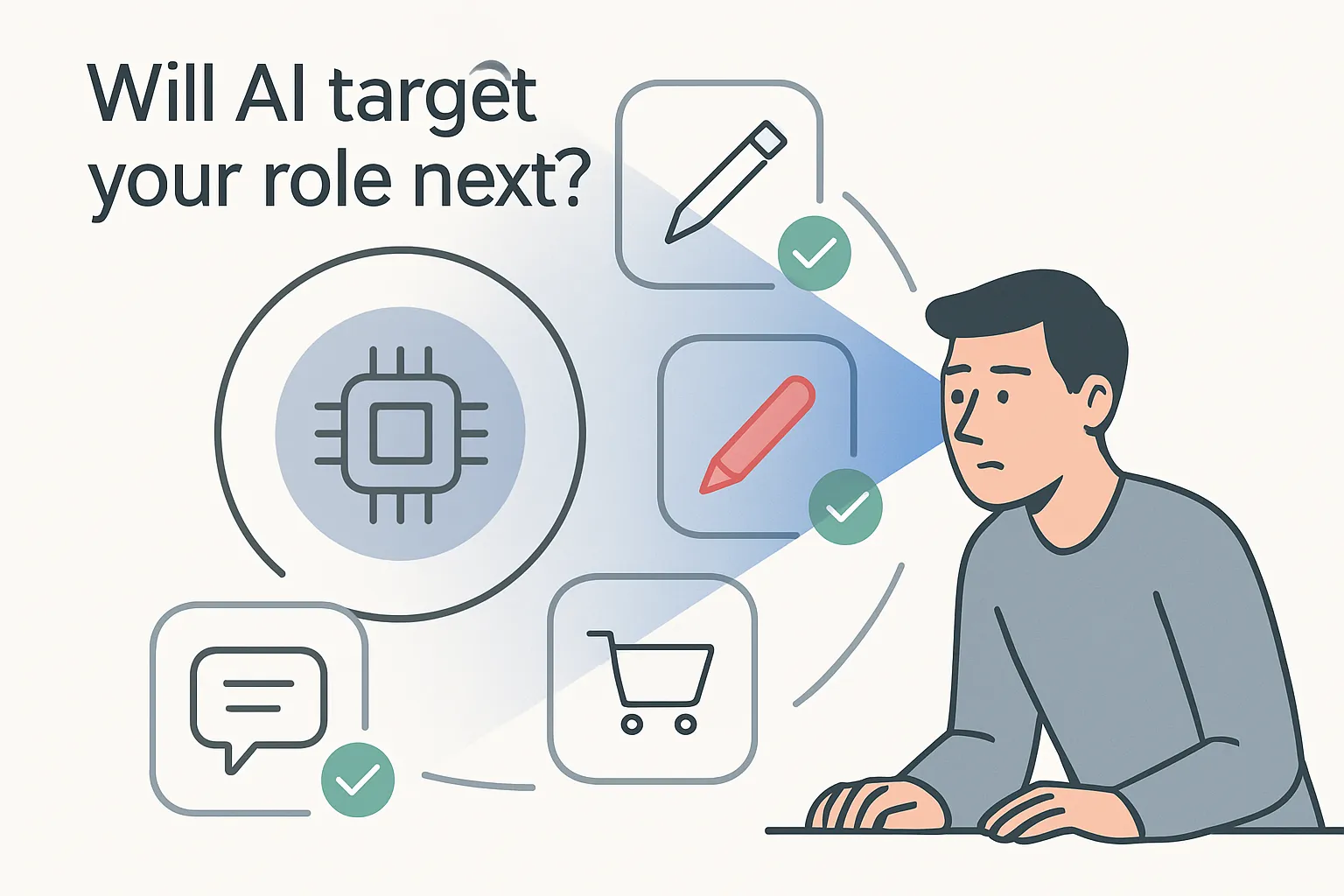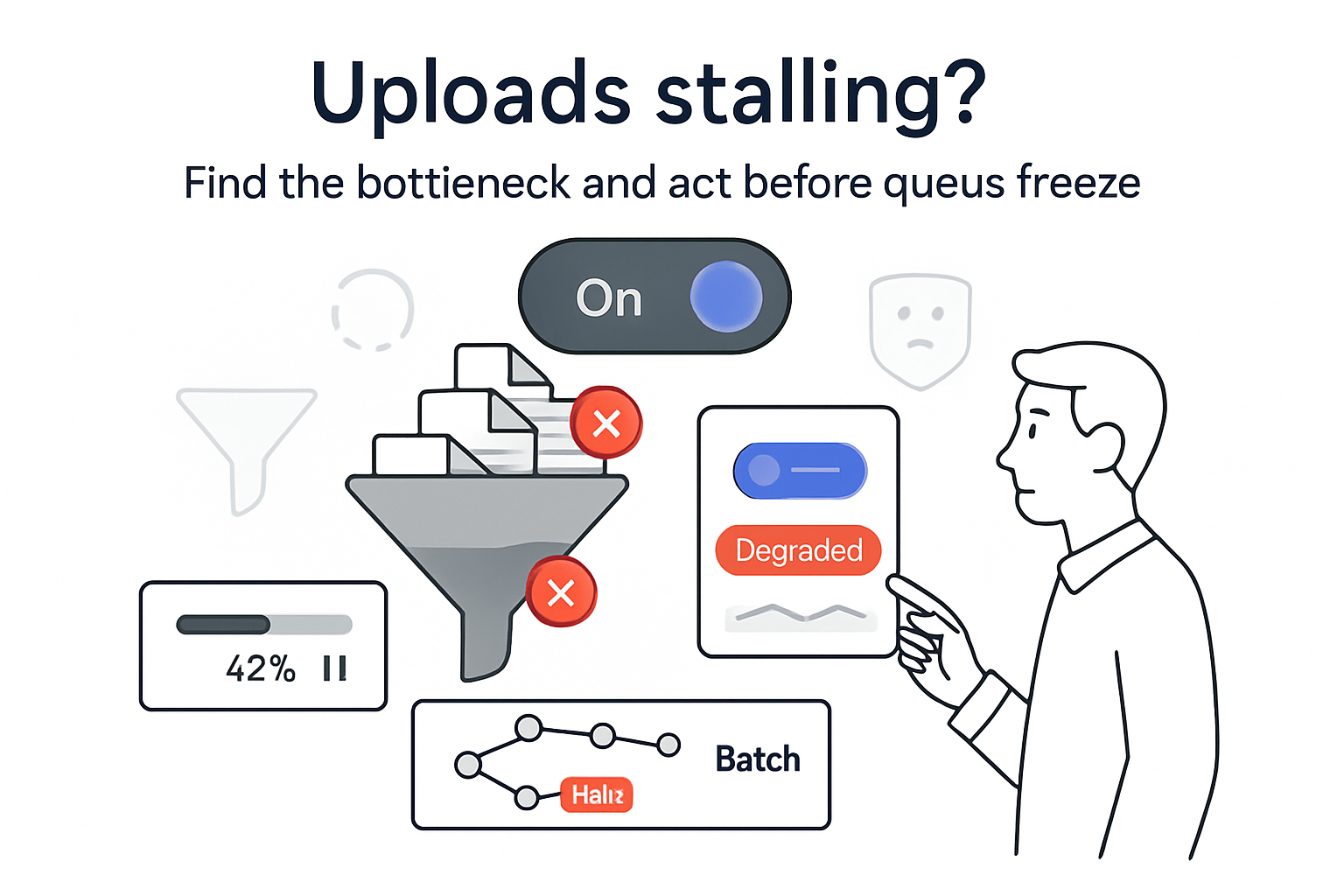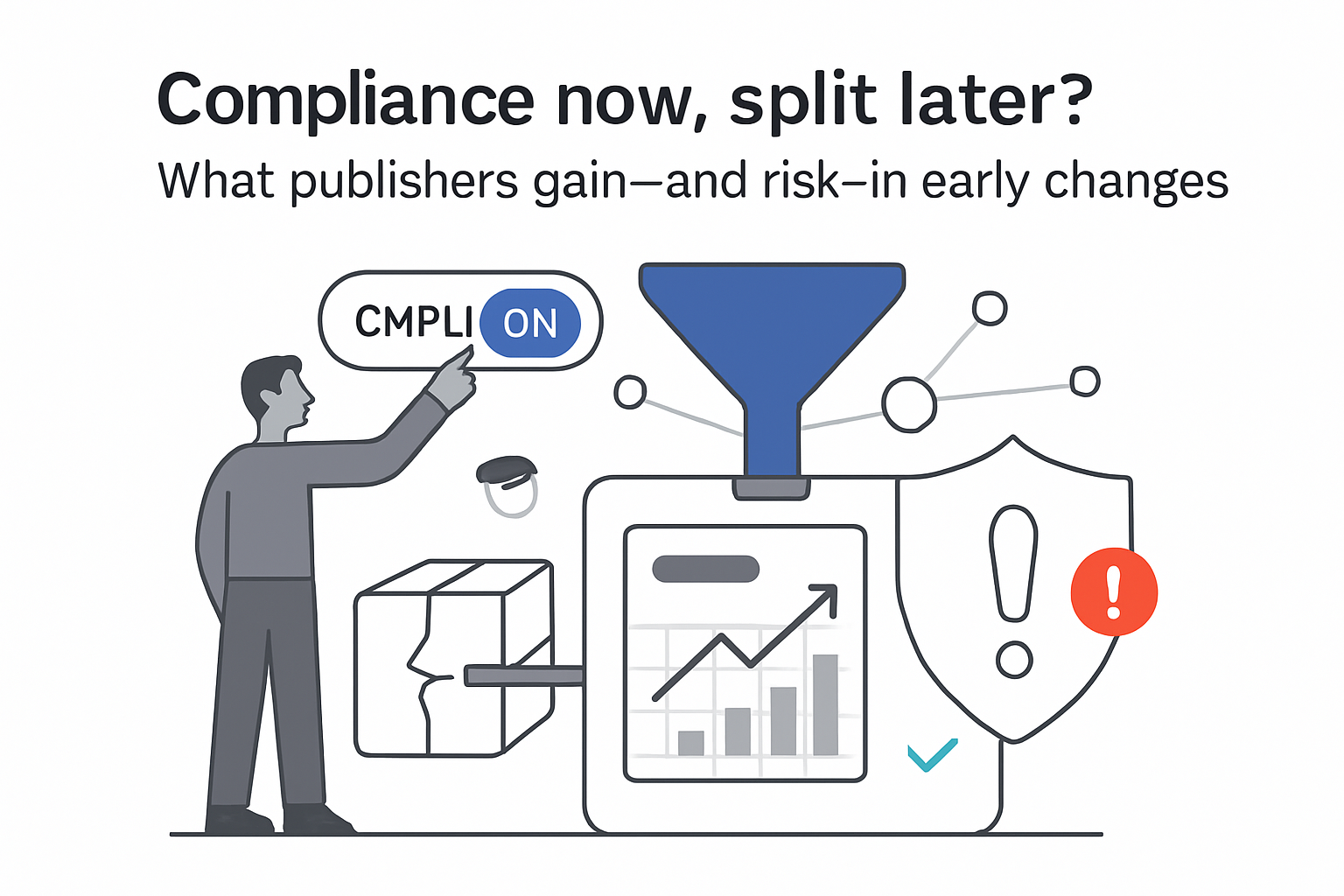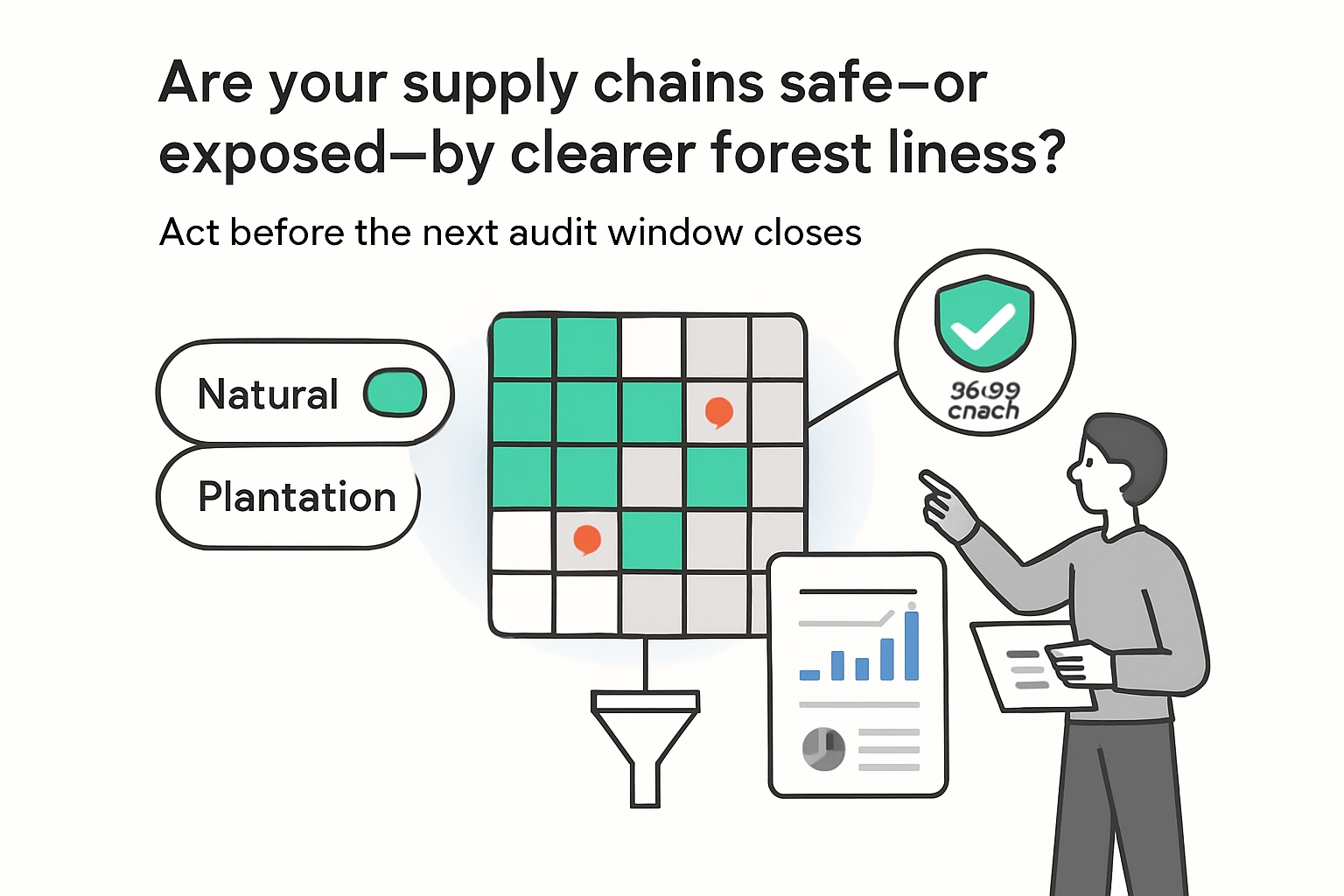Microsoft's latest analysis of 200,000 Bing Copilot enterprise conversations indicates that text-centric, customer-facing marketing jobs will experience the fastest near-term lift from generative AI. The company assigned an "AI applicability score" to each task and mapped those tasks to O*NET occupations. Scores above 0.30 signal frequent, successful use of Copilot for the relevant task.
Executive snapshot
- Sales representatives top the ranking with an applicability score of 0.46, followed by writers (0.45) and customer-service representatives (0.44).
- Within marketing, technical writers (0.38), public-relations specialists (0.36), advertising-sales agents (0.36), and market-research analysts (0.35) post notable scores.
- Tasks focused on information gathering, drafting, and routine communication show at least 70 percent user-reported satisfaction, while visual design and live-event work register below 40 percent.
- The correlation between applicability and U.S. median wages is weak (r = 0.07). Roles requiring a bachelor's degree average 0.27 compared with 0.19 for roles that do not.
- Marketing teams should treat AI as capacity amplification rather than immediate head-count replacement.
Methodology
The study evaluated 200,000 anonymised Bing Copilot chats conducted by enterprise users from January to September 2024. Conversations were linked to O*NET job codes and scored by frequency of use and self-reported task success. Full technical details are available in Microsoft's research.
The analysis covers organisations that have already adopted Copilot and does not include image, audio, or video generation. Satisfaction is self-reported and downstream business results were not measured.
Key findings
Sales and customer-facing marketing roles lead
The "Sales and Related" O*NET group posts a median applicability score of 0.34, outperforming the all-occupation average of 0.22. Prospect outreach and proposal writing - both well suited to large language models - push sales representatives to 0.46 and advertising-sales agents to 0.36.
Writing and research tasks align closely with LLMs
Writers and authors achieve 0.45 and technical writers 0.38. More than 75 percent of writer-related chats ended with the "task completed" flag, the highest success rate among marketing clusters.
Strategic, creative, and in-person work remains resistant
Visual design, brand art direction, and event-marketing tasks deliver a median applicability of 0.18 and user satisfaction below 40 percent. Market-research analysts achieve 0.35 but 42 percent of sessions shift scope mid-conversation, indicating that human iteration is still required for hypothesis framing and audience segmentation.
Education and wage correlations are minimal
Applicability rises modestly with minimum education level - 0.27 for bachelor-level roles versus 0.19 otherwise - but income correlation is negligible (r = 0.07). AI relevance therefore cuts across pay bands.
Interpretation and implications
Likely
- Marketing teams can raise content output without adding head-count by routing first drafts, product FAQs, and email sequences through Copilot workflows.
- Sales enablement groups should deploy LLM playbooks for lead research and call preparation. Metrics to watch: time to first touch and proposal cycle length.
Tentative
- Market-research staff could reallocate 20-30 percent of desk-research hours to qualitative insight once prompt libraries stabilise.
- The weak wage correlation suggests cost-driven role elimination is unlikely in the short term. Freed capacity is more likely to move toward higher-touch client work.
Speculative
- As multimodal models improve, design-heavy marketing roles may feel a second-wave impact, although persistent gaps in brand consistency and originality currently limit adoption.
Contradictions and gaps
- McKinsey's 2024 Gen-AI workforce model points to the largest displacement risk in office-support roles, not sales, underscoring data-set variance.
- The Microsoft study excludes image and video generation. Integrations such as Adobe Firefly and Midjourney could significantly alter the rankings once usage is measured.
- No longitudinal data yet connects applicability scores to job loss or wage movement. Digital anthropologist Giles Crouch, quoted in CTV News coverage, cautions that adoption does not always equal automation.
Data appendix
Selected AI applicability scores:
- Sales representatives - 0.46
- Writers and authors - 0.45
- Customer-service representatives - 0.44
- Technical writers - 0.38
- Public-relations specialists - 0.36
- Advertising-sales agents - 0.36
- Market-research analysts - 0.35







.svg)